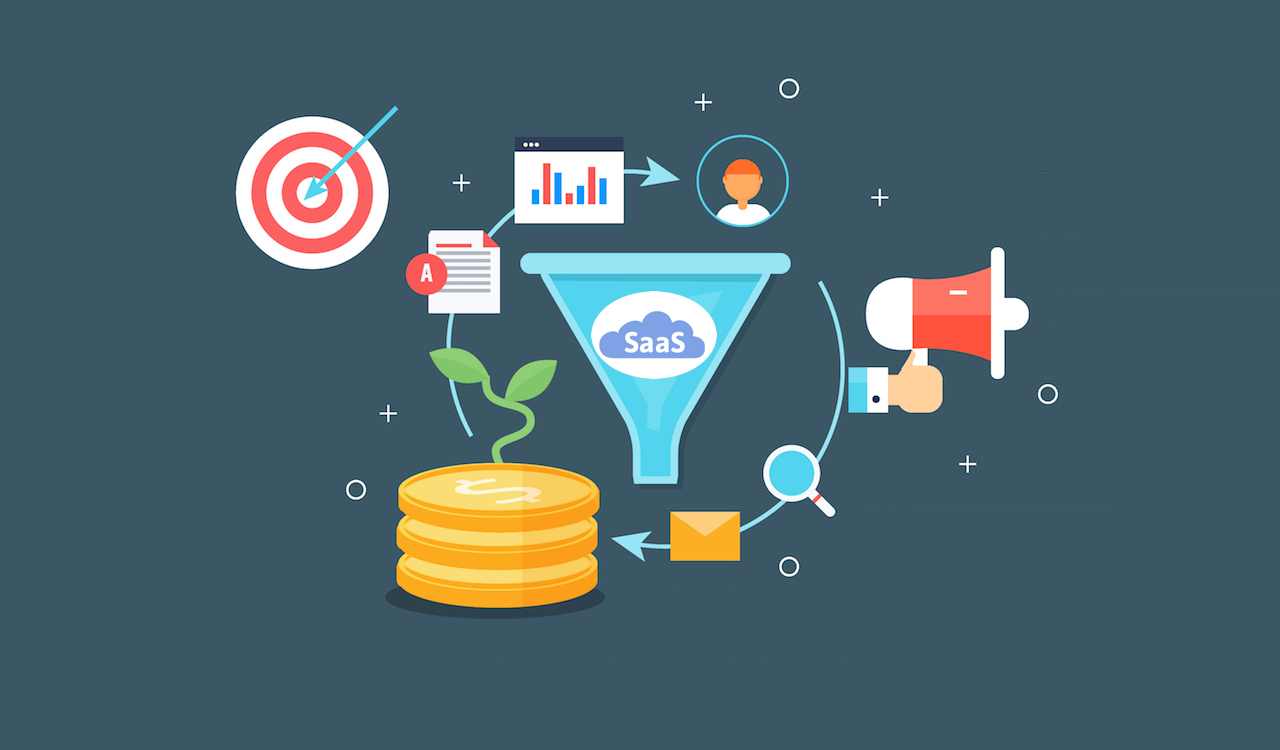In the competitive world of Software as a Service (SaaS), generating high-quality leads is essential for business growth and sustainability. Effective lead generation strategies can make the difference between a thriving SaaS company and one that struggles to gain traction. This article explores the unique challenges and effective strategies for SaaS lead generation, providing insights into how you can attract, engage, and convert prospects into loyal customers.
Understanding the Unique Challenges of SaaS Lead Generation
SaaS lead generation presents distinct challenges compared to traditional industries:
- Intangible Products: Selling software, which is intangible and often complex, requires a different approach than selling physical products. Prospects need to be convinced of the software’s value and usability.
- Subscription Model: The subscription-based nature of SaaS means that customer retention is as important as acquisition. Lead generation strategies must focus on long-term customer relationships, not just one-time sales.
- Highly Competitive Market: The SaaS market is crowded, with numerous competitors offering similar solutions. Standing out requires innovative and targeted lead generation tactics.
- Technical Decision-Makers: SaaS products often cater to a tech-savvy audience that requires in-depth technical information and proof of value before making a decision.
Key Strategies for Effective SaaS Lead Generation
To overcome these challenges and succeed in SaaS lead generation, businesses must employ a mix of proven tactics and innovative approaches. Here are some essential strategies:
1. Content Marketing
Content is king in SaaS lead generation. Providing valuable, informative content helps attract and educate potential customers. Key types of content include:
- Blogs and Articles: Write in-depth articles addressing common pain points and industry trends. This positions your company as an authority in the field.
- E-books and Whitepapers: Offer detailed guides and reports in exchange for contact information. These resources should provide deep insights into specific issues that your SaaS product can solve.
- Webinars and Online Workshops: Host live sessions where prospects can learn more about your product and ask questions in real time. These events can be recorded and used as gated content to capture leads.
2. SEO and SEM
Optimizing your website for search engines (SEO) and investing in search engine marketing (SEM) are crucial for driving organic and paid traffic. Key actions include:
- Keyword Research: Identify and target keywords that your potential customers are searching for. Focus on both short-tail and long-tail keywords.
- On-Page SEO: Optimize your website content, meta tags, and URLs for relevant keywords. Ensure a fast, mobile-friendly, and user-friendly website experience.
- Paid Search Ads: Run targeted PPC (pay-per-click) campaigns on platforms like Google Ads. Use precise targeting options to reach potential customers at different stages of the buying cycle.
3. Social Media Marketing
Leverage social media platforms to reach and engage with your target audience. Effective tactics include:
- Regular Posting: Share content regularly to keep your audience engaged. Use a mix of promotional posts, educational content, and industry news.
- Paid Social Ads: Utilize targeted advertising on platforms like LinkedIn, Facebook, and Twitter. Social ads allow for precise targeting based on demographics, interests, and behavior.
- Influencer Partnerships: Collaborate with industry influencers to expand your reach and credibility. Influencers can provide valuable endorsements and exposure to their followers.
4. Email Marketing
Email remains a powerful tool for nurturing leads and maintaining customer relationships. Best practices include:
- Personalized Campaigns: Segment your email list and tailor your messages to different audience segments. Personalized emails have higher open and conversion rates.
- Lead Nurturing Sequences: Develop automated email sequences that guide leads through the sales funnel. Provide valuable content, case studies, and product demos to move prospects closer to a purchase decision.
- Regular Newsletters: Keep your audience informed about new features, company news, and industry insights. Newsletters help maintain engagement and build long-term relationships.
5. Freemium and Free Trials
Offering a freemium version or free trial of your SaaS product can be a highly effective lead generation strategy. This approach allows potential customers to experience the value of your product firsthand. Key considerations include:
- Easy Sign-Up: Simplify the sign-up process to reduce friction. Avoid asking for too much information upfront.
- Onboarding Assistance: Provide guided tours, tutorials, and customer support to help users get the most out of their trial or freemium version.
- Conversion Opportunities: Use in-app messages, emails, and special offers to encourage users to upgrade to paid plans.
Conclusion
SaaS lead generation requires a strategic approach that combines content marketing, SEO, social media, email marketing, and trial offers. By understanding the unique challenges of the SaaS market and implementing these strategies effectively, businesses can attract high-quality leads, nurture them through the sales funnel, and convert them into loyal, long-term customers. The key is to provide value at every touchpoint, build trust, and demonstrate how your SaaS product can solve real problems for your target audience.

